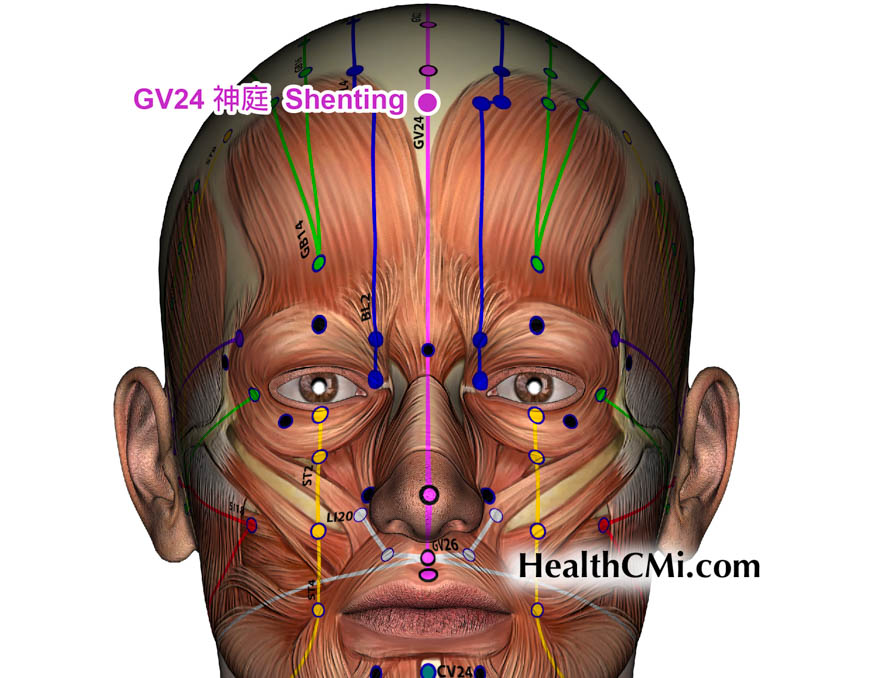
Researchers find acupuncture effective for the alleviation of delayed menstruation. Two acupuncture treatments were compared, and one of the approaches to patient care produced optimal results. The researchers defined delayed menstruation as a menstrual cycle that is postponed by more than seven days (sometimes extending to 40–50 days) for two or more consecutive cycles. They classified this under the dysfunctional uterine bleeding category and add that late menstrual periods in Chinese medicine are often due to liver qi stagnation syndrome or qi and blood deficiency.
Chinese medicine physician Wu Jie devised an approach to patient care termed the Mind Easing and Menstruation Normalizing Acupuncture Technique for the treatment of delayed menstruation. This was compared with another acupuncture prescription to determine total effective rates. The Mind Easing and Menstruation Normalizing Acupuncture Technique significantly outperformed the alternate treatment protocol. [1]
Cases were selected from patients voluntarily participating in a randomized controlled trial (RCT) for the treatment of delayed menstruation at the Affiliated Hospital of Chengdu University of TCM. Forty patients meeting the criteria for delayed menstruation were randomized into two groups. The Mind Easing and Menstruation Normalizing Acupuncture Technique treatment group comprised 23 patients and the conventional acupuncture control group had 17 patients. Two patients in the treatment group became pregnant during the trial and discontinued treatment, and one patient in the control group ceased treatment due to relocating for studies. A total of 37 cases were included in the statistical analysis.
The treatment group received the Mind Easing and Menstruation Normalizing Acupuncture Technique; the following acupoints were selected:
- GV24 (Shenting)
- LI4, LV3 (Hegu, Taichong: Four Gates)
- SP6 (Sanyinjiao)
GV24 was needled transversely, while LI4, LV3, and SP6 were needled perpendicularly. The conventional acupuncture treatment followed textbook procedures. The acupoints chosen for this group were LV2 (Xingjian), LV5 (Ligou), SP10 (Xuehai), SP8 (Diji), and EX-CA1(Zigong), all needled perpendicularly. For both groups, 1–1.5 cun filiform needles were inserted and then retained for 30 minutes after achieving deqi. Needle manipulation was once every 10 minutes. Treatment was administered three times a week, once every other day, with two weekend rest days. A total of 3 menstrual cycles were treated.
Follow-up observations revealed that Mind Easing and Menstruation Normalizing Acupuncture Technique used for the the treatment group produced significantly better long-term results over the conventional acupuncture group. The investigation indicates that this treatment protocol offers important clinical value.
Reference:
[1] Cai Xuemei, Wu Jie. Randomized controlled study of calming nerves and regulating menstruation acupuncture to promote follicle development and treat late menstruation. Sichuan Traditional Chinese Medicine, 2006(06):99-100.


